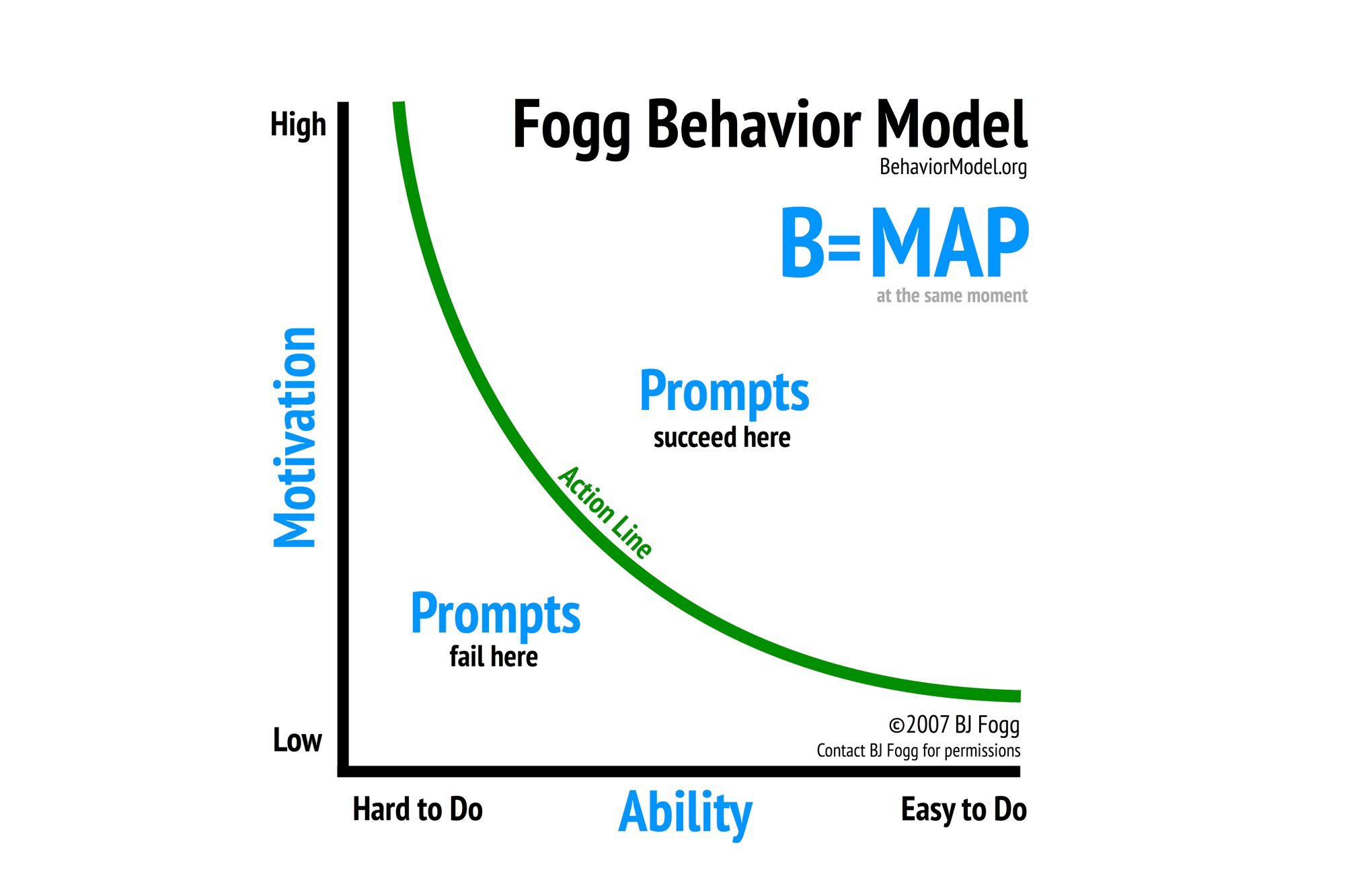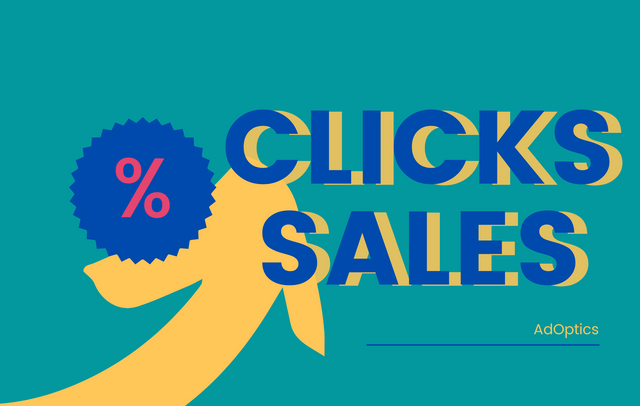Just when we assumed we found out all there is to know for creating a successful ad copy, another revelation pops up and hits us right in the head, teaching us there is still a lot more to learn.
To favorably manifest their ability to persuade, advertisers have to understand human behavior and actions.
And they should be reminded of this every once in a while.
That is why we will dedicate this post to the Fogg Behavior Model, labeled as an important concept for digital advertisers to know, and rightfully so.
The creator of this model is Dr. BJ Fogg, a behavior scientist at Stanford University. He has developed the Fogg Behavior Model to explain what influences human behavior and how any action can be broken down into three fundamental components.
The Fogg Behavior Model's core premise is that you need to have these three pieces in place for anybody to do anything.
According to the model, behavior occurs when three elements are present at the same time: motivation, ability, and prompt.
Behavior equals motivation, ability, and prompt (trigger).

There needs to exist the ability to perform expected behavior, and a person has to have the motivation to perform that behavior. Prompt, i.e., the trigger is there to provoke that particular behavior.
If the behavior doesn't occur, that means that at least one of those three elements is missing.
This theory is not intended to be used by digital advertisers only. Instead, it can be applied to a wide range of everyday situations we humans take participation in.
Let's try to recognize it with a basic Fogg Behavior Model example.
Picture the following situation: mailman is to come to your apartment front door to deliver a package you ordered. He has an ability to do so; he either walks or moves around town with a car. He is triggered to do it as it is his job to deliver the mentioned package to you, and he should be motivated to do the job to earn his paycheck.
Now imagine you live on the 12th floor and the elevator is not in function on the delivery day. He doesn't want to take the stairs, maybe his leg hurts, or he's not in shape. An obstacle appears that changes his perceived ability from easy to difficult, and his motivation sinks down. Now he lacks the motivation to fulfill his duty and just leaves the card in your mailbox, shifting the job to you to collect the order.
The connection between the concept and ad copy
Fogg Behavior Model: Motivation
Motivation is the driving force that pushes an individual to exercise specific behavior. It is the process of satisfying a distinct need by behaving in a particular way.
People will explore services or products you offer online if they have some degree of motivation propelling them to do so.
In the same manner, the search ad will fail its purpose if there is a mismatch between the searcher's motivation and what is presented in the ad copy.
Still, the following question needs to be addressed.
If customers already have the required level of motivation, since they are searching online (be it on Google or other search engines), why would you then have to insert additional messaging in the ad copy to raise their motivation?
The fact is, there is a sizable portion of your potential customers that isn't ready to buy. They may have a growing level of interest to start investigating. However, they do not have the needed level of motivation to purchase.
What can you do then to increase motivation to perform the behavior? Ask yourself: What motivates my target audience? What is their drive?
If you have developed your buyer personas, you will promptly solve this aspect of the model.
Fogg Behavior Model: Ability
Ability translates into how something is simple to do, or, in other words, the level of difficulty associated with a task.
If your customer feels like the task is too challenging to perform or takes a lot of time or amount of money to be fulfilled, they won't act in the desired way.
Again, you should have a good comprehension of your target audience that will help you create a distinctive copy with an intention to remove friction related to perceived ability.
You should determine that by answering how your copy can affect consumer's ability to take action.
The aim is to decrease the difficulty of the task, which increases the perceived ability.
Fogg Behavior Model: Prompt
The purpose of creating a search advertising copy is to craft a combination of words that prompts searchers to take the desired action.
While searching for a solution, searchers encounter your search ad containing CTA that prompts certain behavior. It is evident by now that the ad itself is the trigger.
Every advertiser, anyone who works in marketing, should think about this formula in the context of their client's business.
Fogg's Behavior Model is a useful framework that makes the process of creating advertising copy much better and a helpful instrument that will support your efforts in structuring advertising copies that convert.

